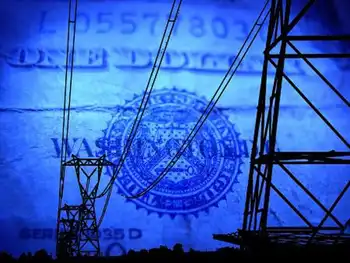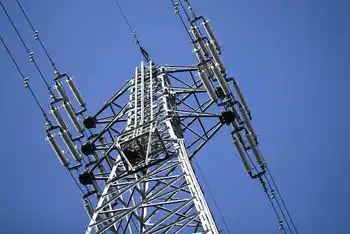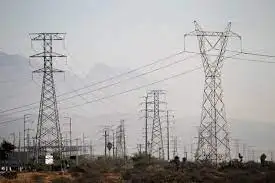Loblaws powers down its stores
By Toronto Star
Arc Flash Training CSA Z462 - Electrical Safety Essentials
Our customized live online or in‑person group training can be delivered to your staff at your location.

- Live Online
- 6 hours Instructor-led
- Group Training Available
"Usually I'm frozen in here," says Gabbay, pointing out most grocery stores turn their air conditioning too high during the summer.
But on this day the sweater isn't needed. Loblaw Cos. Ltd. cut in-store lighting use by 60 per cent and air conditioning in half across 110 of its largest Ontario stores, in direct response to a heat wave that's putting strain on the province's electricity system.
The hot and muggy weather led yesterday to a province-wide appeal for conservation. The Independent Electricity System Operator asked all homeowners and businesses to cut back, where possible, on electricity use to avoid what easily could have been a provincial record for power consumption.
Retailers such as Canadian Tire and Wal-Mart Canada turned off some lights and cut back slightly on air conditioning. Many building owners did the same, while thousands of homeowners participating in Peaksaver programs saw their energy consumption dip.
The efforts appear to be helping. Electricity demand peaked yesterday at 25,584 megawatts, well short of the previous record of 27,005 megawatts set last August 1 and nearly 1,000 megawatts below what the system operator had projected.
In fact, the system operator expected yesterday to be the second-most power hungry day in Ontario history, but it ended up ranking 12th. Experts say it's a sign that pleas for conservation are working.
But for Loblaws, reducing energy use isn't voluntary – it's contractual. The grocery giant signed a "demand-response" agreement with the province back in 2005 promising, in exchange for payment, to cut its electricity use by 10 megawatts when given three-hours notice by the Ontario Power Authority.
The measure, called "Level 4 demand response," has been taken four times since 2005. When implemented like yesterday it reduces power demand at 110 stores by 20 per cent. At the Queens Quay Loblaws, more than half the lights were off and air conditioners were turned up between 1 p.m. and 7 p.m.
"I think it's a great idea," said shopper Danny Lee. "Other companies should follow."
Sean Brady, director of demand-response with the power authority, said he hopes other companies sign up. "This is only the tip of the iceberg." The power authority posted rules on its website yesterday for a new demand-response program modeled on the Loblaws deal. Unlike existing voluntary programs, participants sign a contract obliging them to reduce or shift their electricity use during a power crisis in exchange for payment.
Brady said the program will spawn a new industry of demand-response "aggregators" – companies that sign up hundreds of businesses, large and small, and then sell their combined commitment to reduce electricity, or "negawatts," to the province in large power blocks.
Employees at several large Dominion stores, including those at the Yonge Eglinton Centre and at Bayview and Eglinton Aves., said last night that their facilities are also dimming the lights during the daylight hours.











